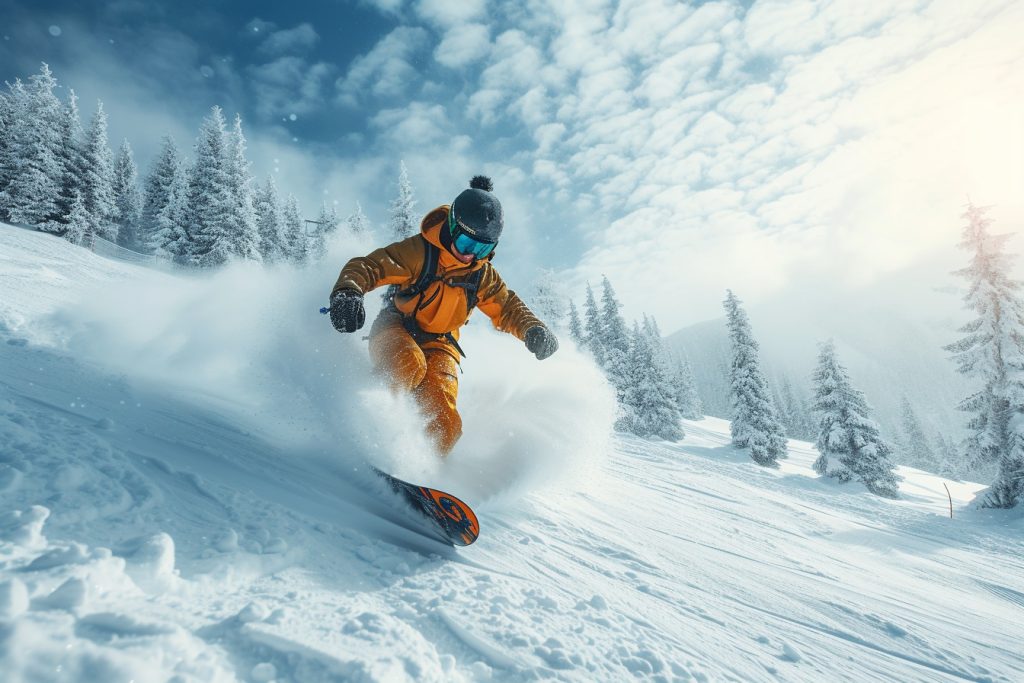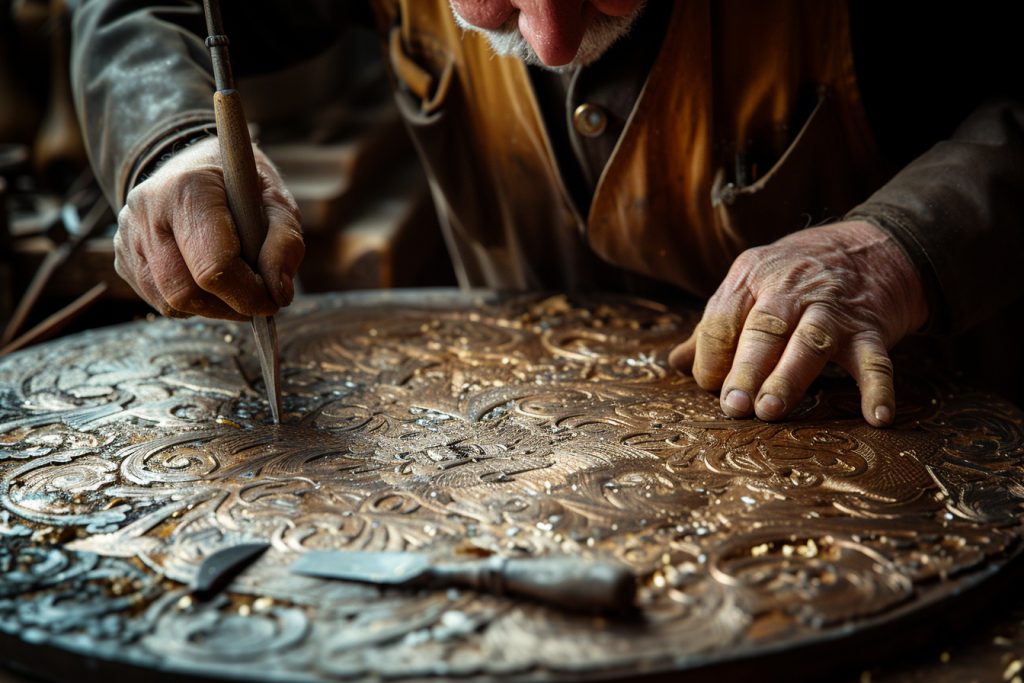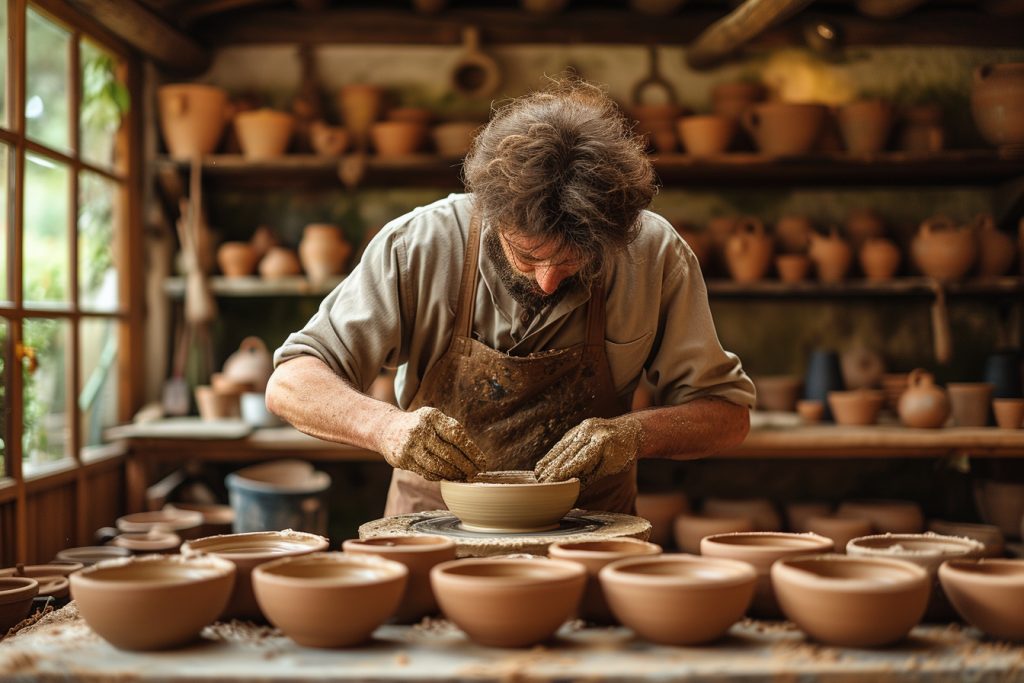Snowboarding exhilarates like few other sports, offering a sense of freedom and excitement that’s hard to match. But like any new skill, it comes with a learning curve that beginners must navigate. This article will provide a wealth of essential tips for those just starting out, ensuring a foundation that is as solid as the mountains you aim to conquer.
Choosing the right gear
Selecting a snowboard
The journey begins with picking the right equipment. Beginners should opt for a softer, more flexible board that caters to easy turning and control. A board length that reaches somewhere between your collarbones and chin when stood on its tail is generally recommended. Width is also crucial — your boots should slightly overhang the edges for optimal control.
Boots and bindings
Comfort and fit reign supreme when choosing snowboarding boots. They should be snug without restricting circulation, providing both support and flexibility. Bindings, which connect boots to the board, require equal attention. Ensure they match the size of your boots and allow for easy entry and release.
Appropriate clothing
The mantra for snowboarding attire is layering. Elemental protection begins with moisture-wicking materials close to the skin, insulation layers to retain warmth, and waterproof outerwear to fend off the elements. Don’t forget gloves, a hat, and goggles for complete coverage.
Understanding the basics
Stance and balance
The heart of snowboarding is balance. New riders must determine their lead foot — typically the same foot one naturally steps forward with. This sets the stance: ‘regular’ with the left foot leading or ‘goofy’ with the right. Balance is maintained by keeping a slight bend in the knees and your weight centered over the board.
Learning to fall
Inevitably, falls will happen. Learning to fall correctly minimizes injury. Aim to relax your body during a fall, avoiding the use of outstretched hands to break the impact and instead allowing your forearms or buttocks to absorb the force. Protective gear like a helmet and wrist guards is highly advisable.
Taking the first ride
Skating and gliding
Before tackling the slopes, understanding how to navigate flat ground is key. Skating, or moving with one foot strapped into the board and using the other to push, is fundamental. Gliding is the progression, with both feet strapped in, using momentum and slight weight shifts to glide on the snow’s surface.
Using the lift
Accessing the slopes means using a ski lift, which can be a challenge for beginners. Practice makes perfect — calmly position yourself, anticipate the chair’s arrival, and sit back securely. Exiting requires one to gently place the board onto the snow and glide away from the lift area.
Mastering the slopes
Controlling speed and direction
Controlling your descent is pivotal. It’s accomplished by shifting weight between the front and rear foot to steer, and by flexing your ankles and knees to adjust speed. Learning the ‘falling leaf’ technique, which involves zigzagging down the slope toe-side and heel-side, is a foundational skill for beginners.
turning
Once comfortable controlling speed and direction, it’s time to master turning. This involves distinguishing between toe-side and heel-side turns and applying pressure to the edge of the board in the desired direction of travel. It’s often taught by instructors with a ‘follow the leader’ practice where turns are exercised following an experienced rider’s path.
stopping
Understanding how to halt progression is as crucial as movement. Beginners should grasp the ‘garland’ technique, where speed is reduced by scraping the snow with the board’s edge. Progressing to a full stop involves ‘digging in’ more deeply, creating friction against the slope direction.
Safety and etiquette
Rules of the slope
The same way roads have traffic rules, slopes maintain their own etiquette. Uphill riders yield to downhill ones; overtaking is done with ample space, and pausing on slopes is achieved without obstructing the path of others. Respect for all users ensures a safer environment for everyone on the mountain.
Progressing wisely
Pushing limits is part of snowboarding’s appeal, but progression should be approached with patience. Tackling slopes that match ability level builds confidence and skill. Overreaching can lead to accidents and a loss of morale.
Rest and recovery
Muscle fatigue and soreness are common for new snowboarders. Rest is as important as time on the snow. Proper nutrition, hydration, and sleep aid in recovery, allowing for improvement with each new day on the slopes.
Instruction and practice
Professional lessons
While friends may offer tips, professional instruction can be the fastest route to competency. Certified instructors tailor advice to individual learning styles and provide progressions that build skill systematically.
Consistency and patience
As with all things worth doing, snowboarding requires practice. Consistency on the slopes is instrumental in advancing from a novice to a seasoned rider. Patience during this process cannot be overstated — snowboarding is a complex sport, and proficiency takes time.
Off-Slope training
Strength and flexibility aid in snowboarding. Off-slope training such as balance exercises, core workouts, and yoga can enhance on-mountain performance. Pre-season conditioning prepares the body, reducing the likelihood of injury and fatigue.
Embracing the snowboarding culture
Connecting with the community
Snowboarding is not just a sport, but a culture. Engaging with the snowboarding community, through groups, events, or forums, enriches the experience. Shared stories, advice, and camaraderie keep the essence of snowboarding alive.
Continual learning
Even beyond the beginner phase, learning never ceases. The mountains offer endless lessons in form, conditions, and personal endurance. Each run presents an opportunity for growth and mastery.
By taking these tips to heart, new snowboarders can cultivate a solid base from which to launch their slope-riding adventures. The importance of preparation, practice, and patience cannot be overstated in snowboarding. Embracing these alongside the culture and community of the sport, beginners will find that each day brings them closer to the effortless rides dreamed of when first stepping onto the board. Snowboarding beckons with the promise of thrill and comradery. For those just starting out, the slopes await, ready to challenge and exhilarate in equal measure.








